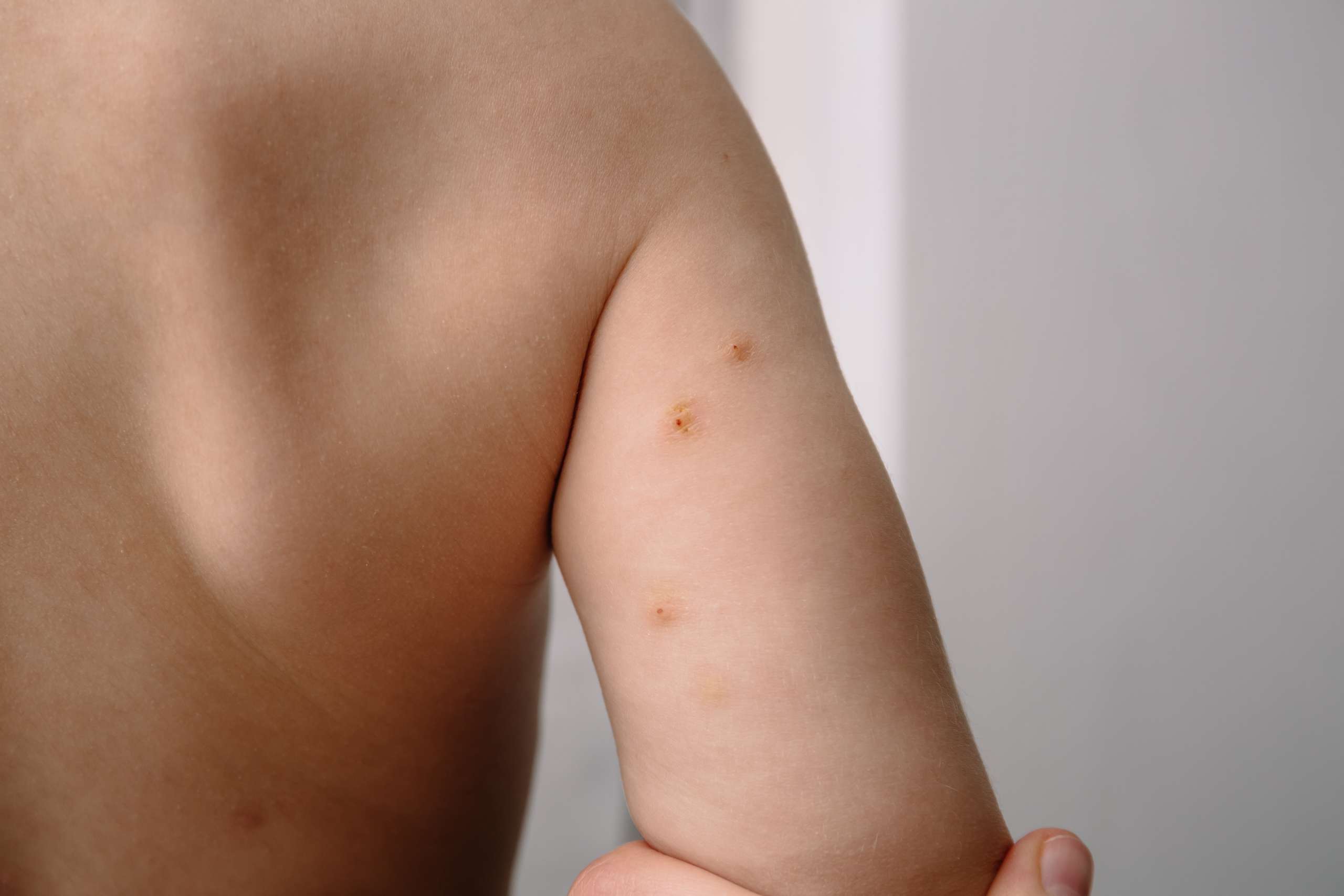At DermDox, we offer specialized and compassionate treatment for molluscum contagiosum, a viral skin infection caused by the molluscipoxvirus. Our experienced dermatologists understand the physical and emotional impact molluscum contagiosum can have, especially on children and individuals with weakened immune systems. Our tailored treatment approach at DermDox focuses on effectively removing the molluscum lesions while ensuring minimal discomfort and scarring. Through advanced techniques such as cryotherapy, laser therapy, or minor surgical procedures, our skilled dermatologists target the lesions with precision, promoting swift and efficient healing.
In addition to providing effective medical treatments, DermDox emphasizes patient education and support throughout the molluscum contagiosum treatment process. We believe in empowering our patients and their families with knowledge about the infection, prevention strategies, and proper skincare practices to minimize the risk of spread and recurrence. Our dedicated team works closely with each individual, offering personalized guidance and aftercare instructions to ensure a smooth recovery. By offering specialized molluscum contagiosum treatment services, DermDox is committed to helping patients achieve clear, healthy skin, promoting confidence and peace of mind during their healing journey.
Frequently Asked Questions
Molluscum contagiosum is a viral skin infection caused by the molluscipoxvirus. While it is a contagious condition that can spread through direct skin-to-skin contact, it is not solely transmitted through sexual contact. Molluscum contagiosum can be spread through various means, including non-sexual skin-to-skin contact, sharing contaminated items (such as towels or clothing), or contact sports.
In adults, molluscum contagiosum is sometimes considered a sexually transmitted infection (STI) because it can be transmitted through sexual contact, especially in cases involving the genital or groin area. However, it is not exclusively an STI, as it can affect individuals of all ages, including children and those with weakened immune systems.
Treatment for molluscum contagiosum is typically recommended to prevent the spread of the virus, reduce discomfort, and speed up the healing process. The bumps caused by molluscum contagiosum usually resolve on their own over time, but treatment methods can help expedite the process. Here are common approaches to treat molluscum bumps:
Wait and Monitor: In some cases, especially in healthy individuals, healthcare providers might recommend simply waiting and monitoring the bumps. Molluscum bumps often go away on their own without treatment, although this process can take months to years.
Topical Treatments: Prescription creams containing ingredients like imiquimod or tretinoin can help stimulate the body’s immune response and aid in the elimination of molluscum bumps.
Cryotherapy: Cryotherapy involves freezing the bumps with liquid nitrogen, causing them to fall off. This procedure is often performed by a healthcare professional.
Curettage: Curettage is a minor surgical procedure where the bumps are scraped off the skin’s surface using a curette, a sharp instrument. Local anesthesia is usually used to numb the area before the procedure.
Laser Therapy: Laser therapy uses targeted laser light to destroy the molluscum bumps. This procedure is typically performed by a dermatologist and may require multiple sessions.
Cantharidin: Cantharidin is a chemical compound applied to the bumps to cause blistering, which leads to the separation of the molluscum lesions from the skin. This procedure should be administered by a healthcare professional.
It’s essential to consult a dermatologist or healthcare provider to determine the most suitable treatment approach based on the individual’s age, overall health, the location of the bumps, and the number of lesions. Proper medical guidance helps in choosing the best treatment option and ensures safe and effective removal of molluscum bumps.
Applying Vaseline (petroleum jelly) or any other occlusive ointment on molluscum contagiosum bumps is generally not recommended without consulting a healthcare professional. While keeping the skin moisturized can help prevent secondary bacterial infections caused by scratching, applying occlusive substances like Vaseline might create a moist environment that allows the virus to spread more easily to surrounding skin or other individuals.
Apple cider vinegar (ACV) is a popular home remedy for various skin conditions due to its acidic nature. Some people claim that applying apple cider vinegar can help get rid of molluscum contagiosum, but there is limited scientific evidence to support this claim. While ACV may have antiviral and antibacterial properties, its effectiveness in treating molluscum bumps is not well-established.
It’s important to exercise caution when using home remedies, especially on sensitive or broken skin, as acidic substances like apple cider vinegar can cause irritation and may not be suitable for all skin types. Applying ACV to molluscum bumps without proper guidance from a healthcare professional can lead to skin irritation, discomfort, or worsening of the condition.



